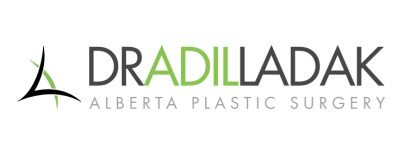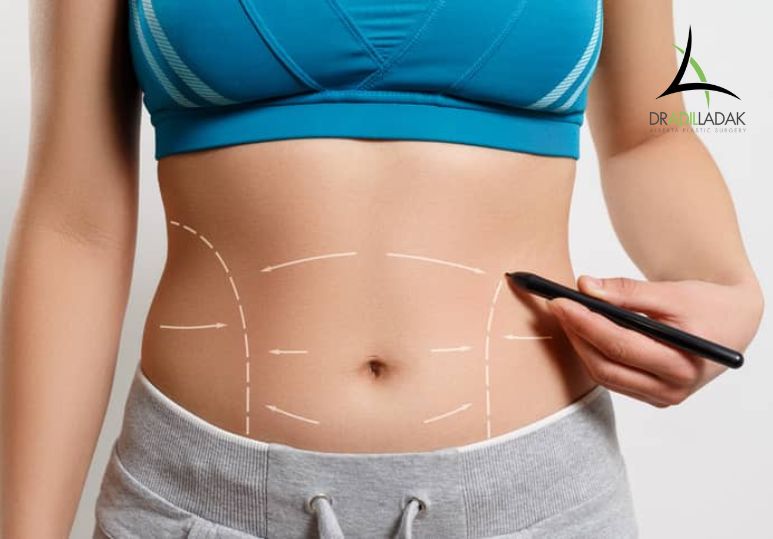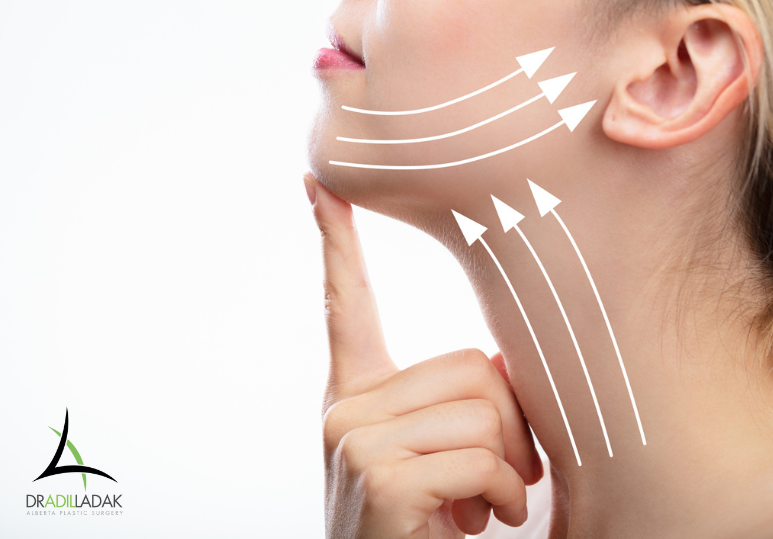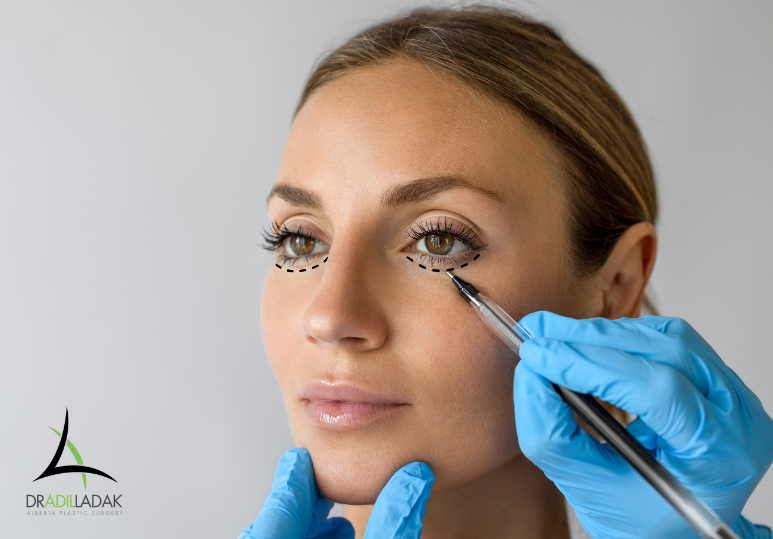A Plastic Surgeon’s Recommended Recovery Timeline
The Procedure
Your plastic surgeon will refine, tighten, and sculpt your midsection by surgically removing excess tissue, fat, and skin and repairing damaged or weakened abdominal muscles. Your plastic surgeon may also opt to include liposuction for optimal cosmetic results. This procedure is a safe and common body contouring treatment. It is performed under general anaesthetic, but you will most likely be discharged the same day to recover in the comfort of your own home.
The Day Of Your Surgery
Immediately following your surgery, you may feel the effects of the general anaesthetic. This may mean you will be groggy, disoriented, headachy, and possibly nauseous. Your plastic surgeon and the support team of nurses will monitor you until you are well enough to be released. You will need to arrange a ride home because you will not be able to drive. On your first day at home, you will likely sleep a lot, and you may feel weak and uncomfortable sitting and standing. Rest and hydration are the most important healing strategies for day one. Your plastic surgeon will provide you with personalized and detailed aftercare instructions.
Week 1
Many patients report that the first week of recovery after abdominoplasty is the most difficult. You will experience pain, bruising, and swelling. You will likely have difficulty rising and sitting. It is a good idea to arrange support from family or friends to help you as you heal this week. The most important strategies for recovery for this week are:
Pain Management: Swelling and discomfort can be relieved with ice packs. Pain medication (prescription from your plastic surgeon or over-the-counter) should be taken on schedule and before pain becomes more difficult to manage.
Moderate Exercise: From day two or three, your plastic surgeon will recommend that you try to walk for a few minutes every hour to boost circulation and reduce your risk for blood clots. These walks should be slow and easy. Do not push yourself if you experience pain.
Infection Mitigation: Meticulous wound care and bandage changing will help stave off potential infections at the incision sites. If you have a surgical drain, make sure you carefully clean the area and watch for signs of infection. If your plastic surgeon has prescribed antibiotics, ensure that you complete the full course of treatment.
Recovery Support: After your tummy tuck, your plastic surgeon will provide you with an abdominal support garment. This compression garment will help reduce swelling, aid with healthy circulation, and support your tissues as they heal.
Week 2
Most patients feel significantly better by week two. Swelling and bruising will have started to resolve and pain is likely subsiding. You will probably still feel discomfort as you move, sit, rise, and walk, but you should be using less pain medication. Most patients have their stitches and/or surgical drain removed sometime this week. Your plastic surgeon will still require you to wear your compression garment, but will suggest that you take increasingly longer walks as your energy improves and your strength returns. Some patients feel well enough to return to work 10-14 days post-surgery, but exercise and strenuous activities should still be avoided. Your plastic surgeon may clear you to return to driving this week, too.
Week 3
By week three (or four) you will feel more like yourself (just with a sleek, new waistline). Light exercise can be re-incorporated back into your daily routine, but avoid activities like sit-ups and weightlifting; anything that puts strain on your core. Your plastic surgeon will likely clear you to stop wearing your compression garment and to return to almost all of your regular activities by week four or five. Your pain, swelling, and bruising will be mostly gone, and your incision should be healing well. To minimize your abdominoplasty scars, read 5 Tips To Minimize Tummy Tuck Scars. You may notice that you still have some residual swelling. Don’t worry! It can take up to six months or even a full year before the final results of your abdominoplasty are apparent.
Tight, Taut Tummy Tucks From An Expert Plastic Surgeon
When you cannot seem to get rid of your flabby tummy despite eating right and exercising regularly, abdominoplasty may help you achieve the slender, contoured midsection you want. Tummy tuck surgery is transformative and completely safe when performed by a qualified and experienced plastic surgeon. Although recovery will take some time, following your plastic surgeon’s instructions will help your healing journey be as short and healthy as possible.
If you are considering abdominoplasty to smooth and contour your midsection and to repair weakened or damaged abdominal muscles, the team at Alberta Plastic Surgery can guide you in exploring your options for tummy tuck surgery. Book your complimentary consultation today.
Dr. Adil Ladak is a board-certified and top surgeon in Edmonton, Alberta, and is highly skilled in cosmetic plastic surgery and other non-surgical rejuvenating cosmetic procedures. Dr. Ladak is a fully qualified Fellow of the Royal Canadian College of Physicians and Surgeons and his team is committed to providing patients with the facts and education to make the most informed decisions about their appearance and health. To explore all of your options to help you feel and look your best, visit Alberta Plastic Surgery in Edmonton by booking your complimentary consultation. Call us at (780) 407-6691 or fill out the form below.
FAQ
Q: How many scars will I have after combining liposuction and abdominoplasty?
A: Liposuction will require several very small incisions to insert the cannula used for suctioning. These incisions are often only 1-3mm and your surgeon will be careful to place the incisions where they are mostly undetectable. For abdominoplasty, your surgeon will make an incision horizontally just above your pubic line to remove unwanted fat and skin and repair abdominal muscles. This incision will be closed with sutures and will require some special care. Follow your doctor’s post-surgical instructions to facilitate healing and minimize scarring. Once healed, your abdominoplasty scar will be easily hidden by your underwear or bathing suit.
Q: How much weight should I lose before having a tummy tuck?
A: It is ideal to be within 10 pounds of your desired goal weight and to maintain a stable weight for at least 6 months to achieve optimal results from a tummy tuck procedure. Abdominoplasty should not be considered a weight loss solution. To read more about this and other common myths read The Truth About Tummy Tucks.
Q: How long until I will be able to exercise after my tummy tuck surgery?
A: You may be anxious to put on the leggings and the sports bra and hit the gym with your new physique, but don’t rush your recovery. Returning to vigorous exercise too soon after surgery could jeopardize your results. To learn more about a safe return to your workouts, read Exercising After Abdominoplasty.






